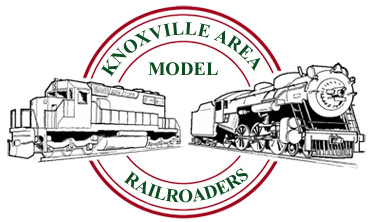
 |
"New Build" LNER A1 4-6-2
Here are a few links of a Peppercorn A1 class 4-6-2 built full size during the last 15 years or so in England.
The Peppercorn were basically the final expression of LNER passenger power before the British Rail standization. They were very similar to the Gresley A1s, which were made famous by the Flying Scotsman locomotive. http://www.a1steam.com/ http://news.bbc.co.uk/2/hi/science/nature/7537462.stm http://www.northernsteam.com/A1.htm - Andrew BTW the Ps-4 is still moving along! just slowly.... |
Re: "New Build" LNER A1 4-6-2
9 Attachment(s)
Here are a few pictures from the links as well as a few pictures of the locomotives during their service life. The gray loco is the new build one with just primer. The dark green locos are from the later part of the A1s lives when British Rail had put their own paint scheme on the locos. The Lighter green A1 had the earlier LNER apple green paint but with the British Rail lettering. Many were eventually repainted to the darker scheme. When the Big Four ( GWR, LMS, Southern, LNER) became nationalized. Of course LMS kept their maroon scheme.
One reason the locomotives look smaller than US locos is because they are thanks to British loading gauge. British loading gauge is much much smaller than US loading gauge. Loading gauge is the maximum exterior deminsions a piece of equitment can be to clear tunnels. etc. The reasons are mainly historical. The early lines ran into and from, mine workings, and were horse drawn. If you were digging a hole into solid rock, I am sure you would go for the smallest hole you could get away with! Which is what the early builders did. With the advent of steam traction, who could have guessed how large the locomotives would become over the following 200 years? Pick the size of the mine railways, add a bit for luck, and there you are. Then start running into and through VERY expensive real estate, and you have another incentive to keep things as small as possible. That legacy has remained with us to this day, and gives us one of the smallest loading gauges in common use. To put numbers to it, and comparing the UK and US: UK Max width: 9ft Max height at sides: 11 ft Max height centre: 13.5ft (Some lines are even smaller) US 10ft 8" / and 15ft high, are, I understand, typical figures. (The tighter radius curves in the UK, also limit the length of rolling stock) So to put in terms of a locomotive lenght and weight. The Southern railroads PS-4 4-6-2s in the US are about 260 tons and almost 100 ft long loco and tender. The Peppercorn A1 weighs about 140 tons loco and tender and is about 70 ft long! Big difference but the Ps-4 is very large even for a American 4-6-2. Another thing is that the A1 cylinders are much smaller than something like a Ps-4. The Ps-4 had 27X 28 inch . The LNER A1 had 18X 24 ( about the size of a ET&WNC 3ft gauge 4-6-0) of course the A1 had three cylinders. Some british GWR 4-6-0s had 4 cylinders- 2 out side and 2 between the frames. Anyway thought you might find that interesting. Of course anyone is welcome to add to that... that was quite condensed - Andrew |
| All times are GMT -4. The time now is 09:25 AM. |
Powered by: vBulletin Version 3.0.7
Copyright ©2000 - 2025, Jelsoft Enterprises Ltd.